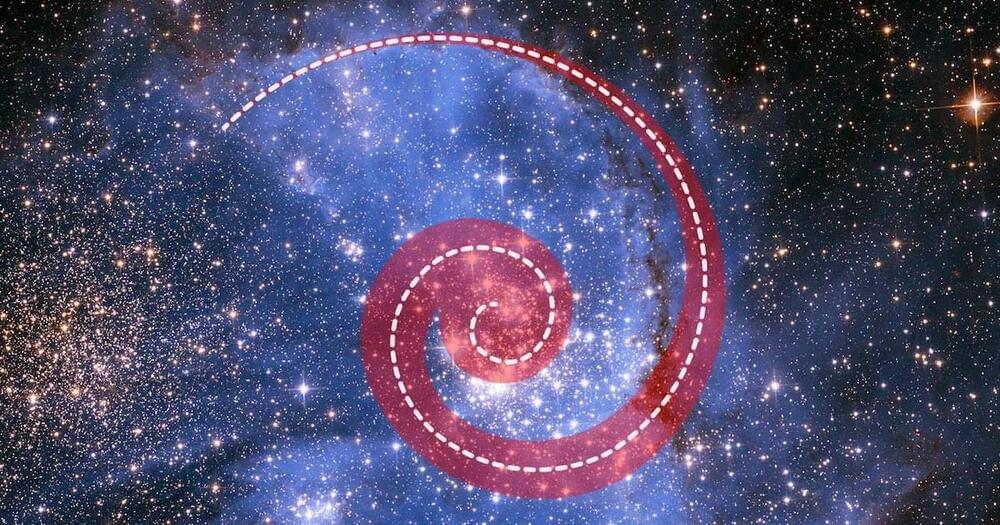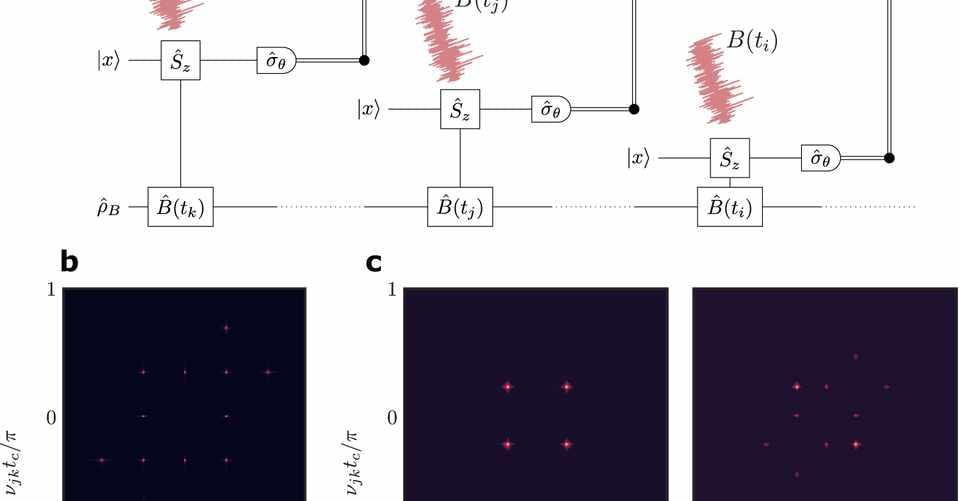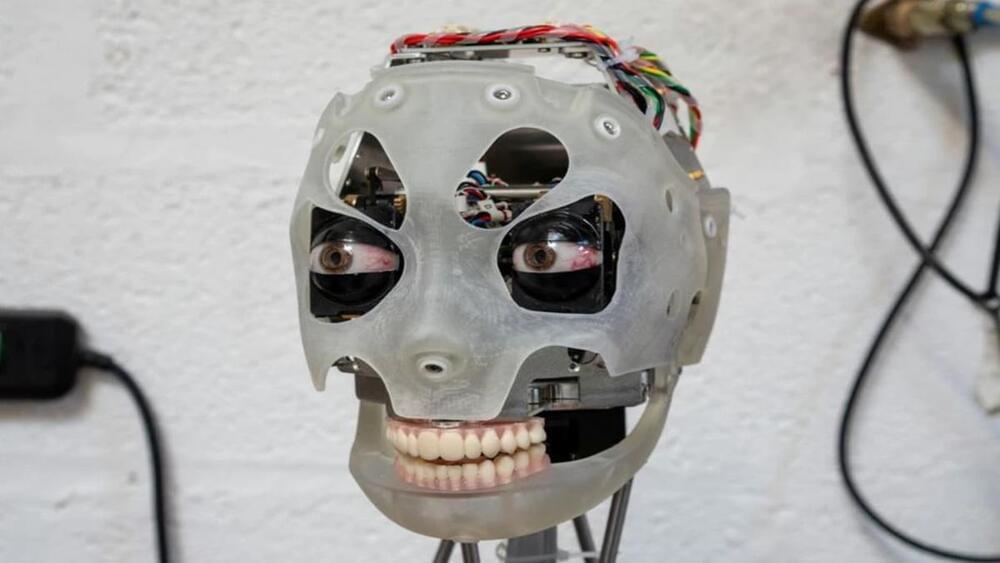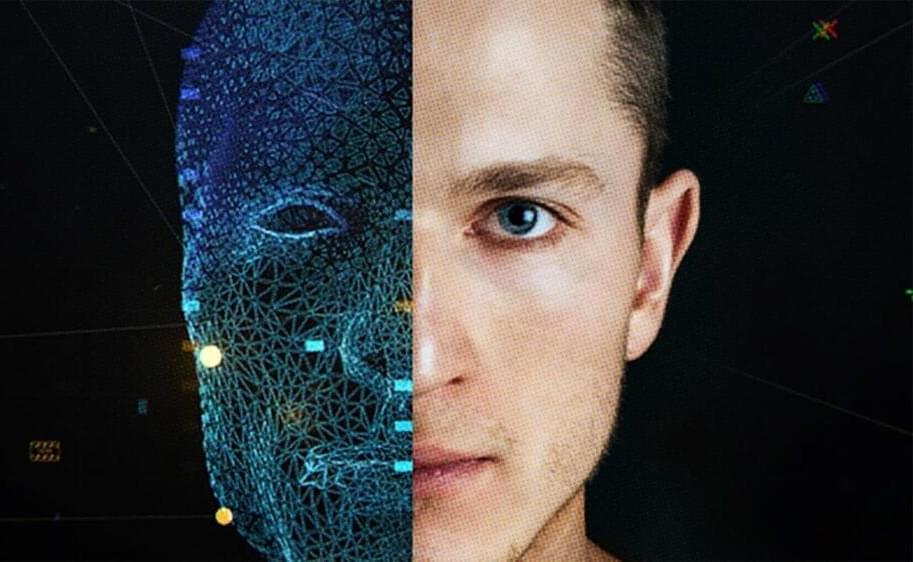In two studies, the Hubble Space Telescope and the Very Large Telescope found stars spiraling toward the center of a nearby star cluster.



Nitrogen-vacancy (NV) center in diamond is a promising quantum sensor with remarkably versatile sensing capabilities. While scanning NV magnetometry is well-established, NV electrometry has been so far limited to bulk diamonds. Here we demonstrate imaging external alternating (AC) and direct (DC) electric fields with a single NV at the apex of a diamond scanning tip under ambient conditions. A strong electric field screening effect is observed at low frequencies. We quantitatively measure its frequency dependence and overcome this screening by mechanically oscillating the tip for imaging DC fields. Our scanning NV electrometry achieved an AC E-field sensitivity of 26‰mV‰Î¼m ˆ’1‰Hz ˆ’1/2, a DC E-field gradient sensitivity of 2‰V‰Î¼m ˆ’2‰Hz ˆ’1/2, and sub-100‰nm resolution limited by the NV-sample distance. Our work represents an important step toward building a scanning-probe-based multimodal quantum sensing platform.

Apple could become the first commercially available smartphone with a satellite in the U.S.
Just a day after Apple announced the iPhone 14’s emergency SOS via satellite feature, SpaceX chief executive officer Elon Musk revealed that SpaceX had talked with Apple Inc about using Starlink connectivity.
We’ve had some promising conversations with Apple about Starlink connectivity.
1, 2
He tweeted on Thursday that the companies have had “promising conversations”, adding that Apple’s iPhone team is “super smart”. “For sure, closing link from space to phone will work best if phone software & hardware adapt to space-based signals vs Starlink purely emulating cell tower,” Musk said on Twitter.
The list of unique architectures in the city keeps growing.
The city has showcased its ability to take on architectural challenges by completing the Palm Jumeirah and keeps unveiling tiny projects along the way, such as the world’s largest Ferris Wheel. So, it is not exactly a moonshot when Dubai thinks of building a Moon styled resort as well.
Moon World Resorts.
The city of Dubai is no stranger to ambitious architectural projects. Last month, we reported how plans were being drawn for a suspended city around the iconic Burj Khalifa, currently the tallest building in the world.
Marketing is one of the areas of business operations where it is widely predicted that artificial intelligence (AI) will drive enormous change. In fact, a McKinsey study found that, along with sales, it is the single business function where it will have the most financial impact. This means that if you’re a marketer and you’re not using AI, you’re missing out on the benefits of what is possibly the most transformational technology.
Actually, though, the chances that there are people out there doing marketing today and not using AI in any shape or form is somewhat unlikely.
Artificial intelligence is currently transforming marketing. Here, we look at the most exciting opportunities when it comes to using AI in marketing and explore where they are already being tapped.

The research is still a ways away from helping people who can’t communicate through speech.
An artificial intelligence can decode words and sentences from brain activity with surprising — but still limited — accuracy. Using only a few seconds of brain activity data, the AI guesses what a person has heard. It lists the correct answer in its top 10 possibilities up to 73 percent of the time, researchers found in a preliminary study.
The AI’s “performance was above what many people thought was possible at this stage,” says Giovanni Di Liberto, a computer scientist at Trinity College Dublin who was not involved in the research.
Developed by Facebook’s parent company, Meta, the AI could eventually be used to help people who can’t communicate through speech, typing or gestures.

Tang Yu will help in enabling a more effective risk management system.
A Chinese metaverse company has appointed a robot as its CEO! Yes, you read it right. It may sound straight out of a Sci-Fi movie but it is true. Chinese company, NetDragon Websoft develops and operates multiplayer online games and also makes mobile applications.
Recently, the Chinese gaming company announced the appointment of its new CEO ‘Ms. Tang Yu’. And…the CEO is an AI-powered virtual humanoid robot. Tang Yu has been appointed as the CEO of the company’s principal subsidiary, Fujian NetDragon Websoft. It has become the world’s first robot to hold an executive position.


Were you unable to attend Transform 2022? Check out all of the summit sessions in our on-demand library now! Watch here.
Artificial intelligence (AI) has been steadily influencing business processes, automating repetitive and mundane tasks even for complex industries like construction and medicine.
While AI applications often work beneath the surface, AI-based content generators are front and center as businesses try to keep up with the increased demand for original content. However, creating content takes time, and producing high-quality material regularly can be difficult. For that reason, AI continues to find its way into creative business processes like content marketing to alleviate such problems.